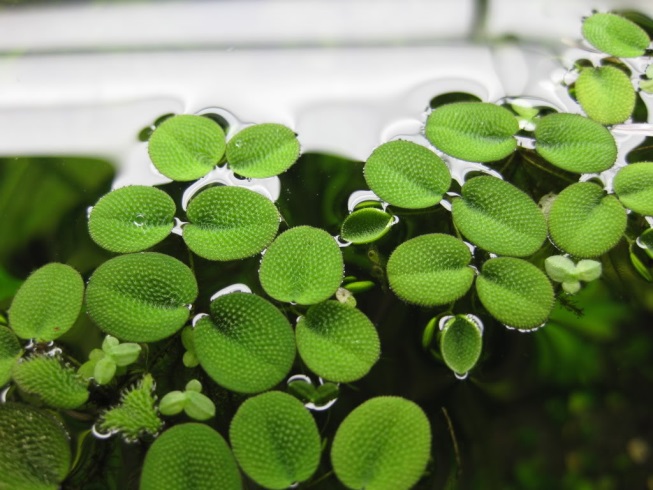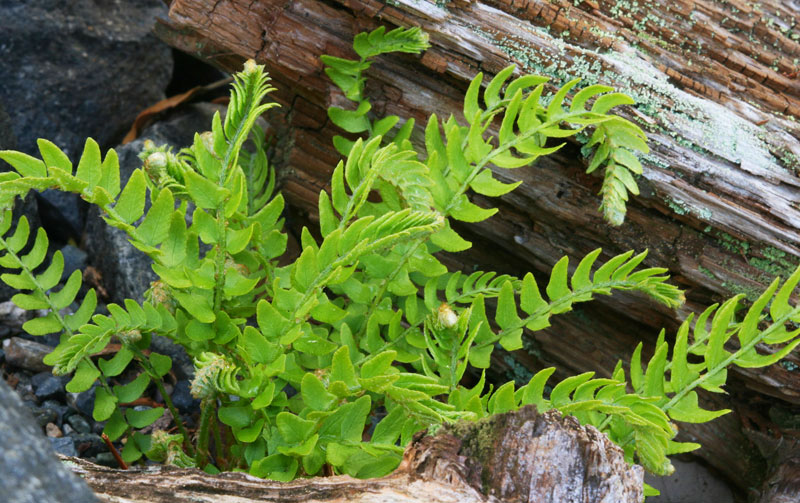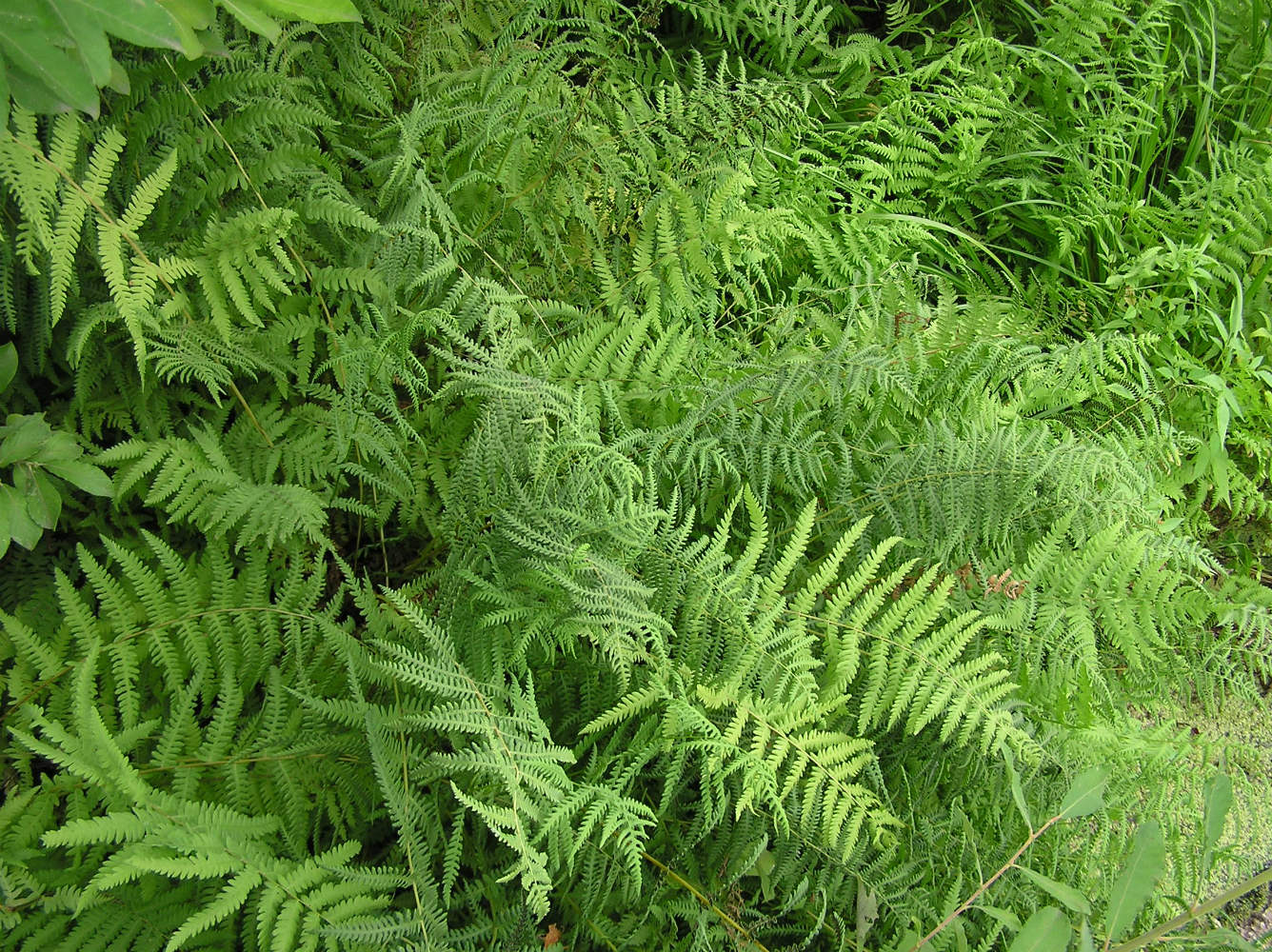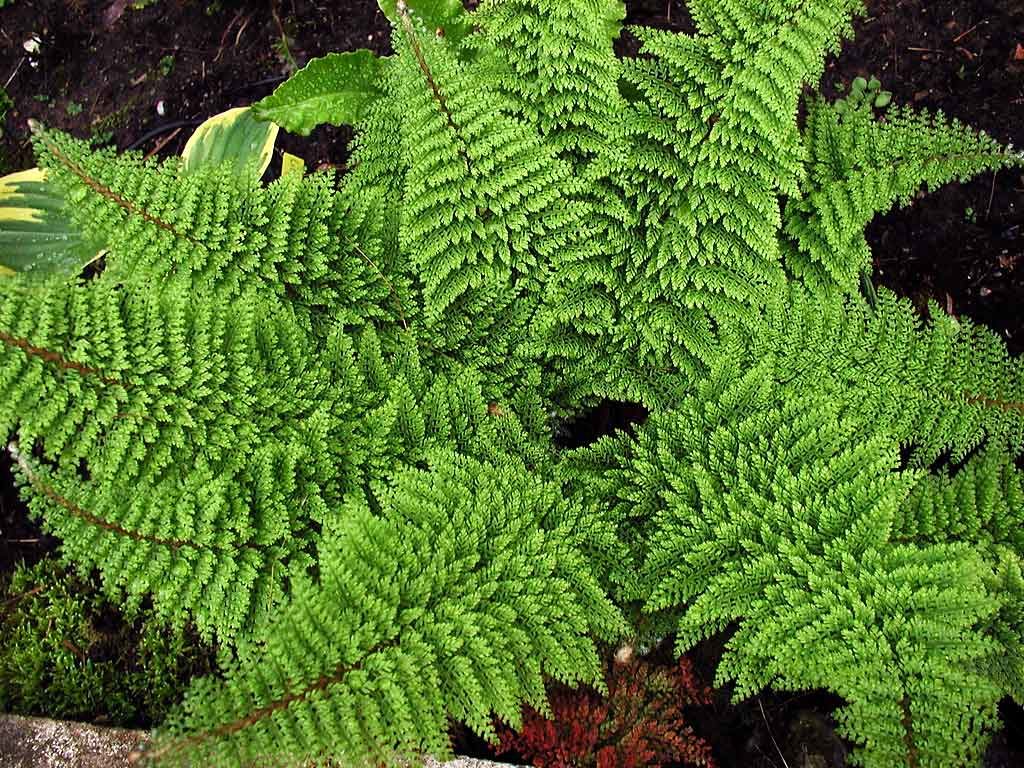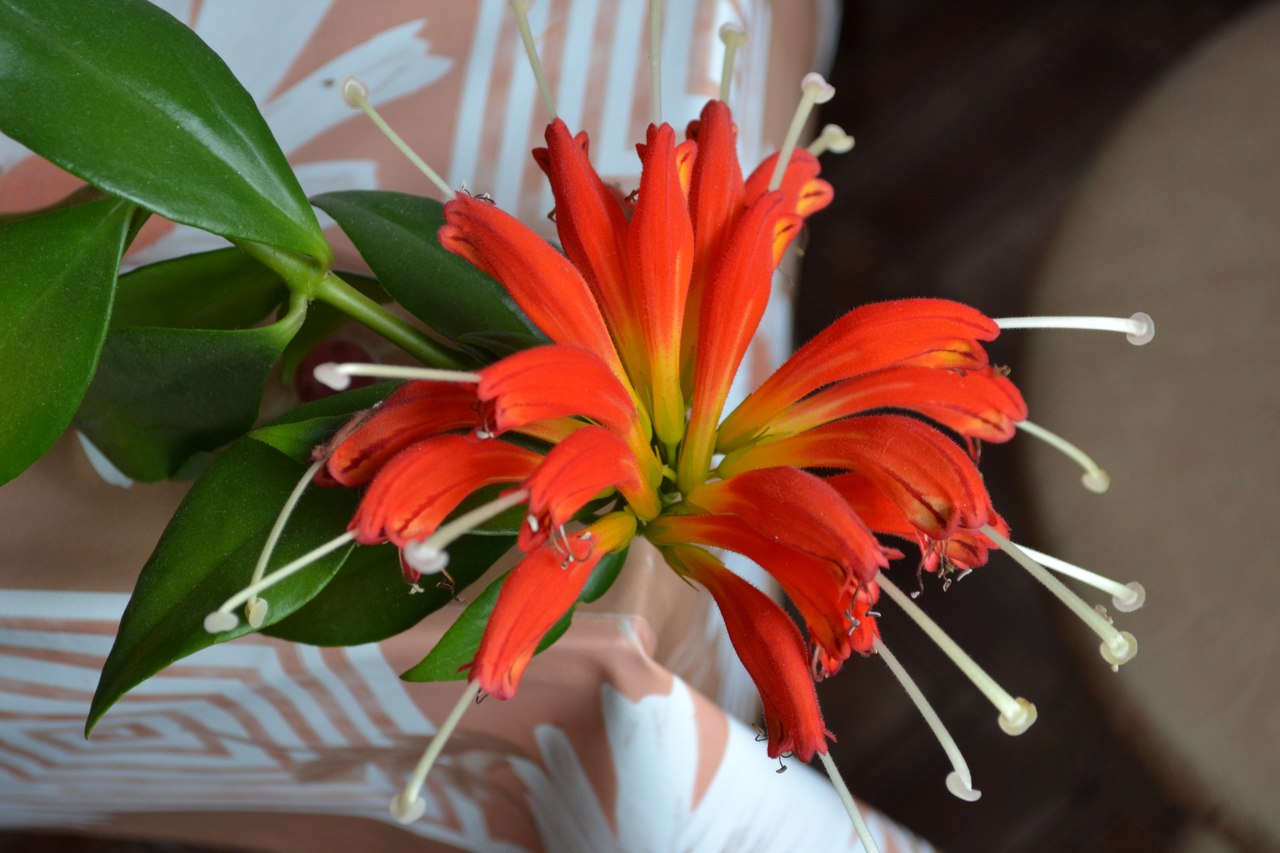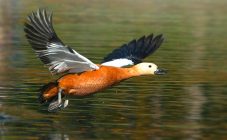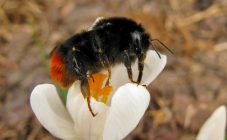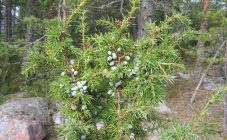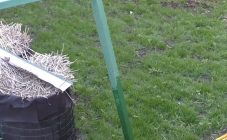Content:
Ferns are one of the oldest plants on our planet that have retained their basic characteristics. They appeared 400 million years ago and at that time reached enormous sizes.
In the modern world, ferns are no longer so majestic and do not prevail in the plant world. But despite evolutionary changes, their diversity is amazing.
This culture is quite common in the wild, capable of surrounding people everywhere: it grows well on rocks, in a swamp, in a desert, in water. Ferns are common all over the planet, but their most favorite territories are warm and humid climates: tropics and subtropics.
general characteristics
Despite the fact that ferns are flowering plants, they never bloom, and in appearance they can hardly be called flowers.
The structure of ferns is peculiar - the root is poorly developed, superficial. The ground part of the plant is unusual - it is difficult to call it leaves, flowers or branches. In botany, a special name is used - frond or flattened. But in the process of evolution, a real leaf begins to emerge.
Plants reproduce by spores or vegetatively. At home, the simplest breeding method is to divide the bush.
Fern family classification
Order Osmundae
Osmundovye family. One of the oldest fern groups. It is characterized by very large leaves.
Hymenophilic order
Family Hymenophilic. It is characterized by very thin, almost transparent leaves. It lives in dark and very humid places.
Order Glechenillovye
Schizay order
Family Schizeye, Logodium. It stands out for its huge size - up to 30 m.
Salvine order
These are water ferns.
- The Marsilia family. Distributed in water and coastal areas.
- The Salvinivye family. They live on the water surface.
Order Ciate
Family Tirsopteris, Plagiogiria, Cybothium, Cyateic. Treelike plants.
Multi-track order
Family Multi-legged, Shchitovnikovye, Onokleyevye, Dennstedtievye, Kostenzovye, Telipterisovye, Woodsievye, Derbyankovye. The most numerous subclass of culture.
Famous types and names of fern:
- Asplenium (Kostentsovye). A rocky type of fern, which is widely spread in central Russia.
Kinds:
- Wall. Grows on stone walls, rocks. The leaf is small, rounded.
- Northern. The fern is undersized - up to 10 cm, the leaves are elongated, small.Distributed in northern Europe and Asia.
- Hairy. Loves warmth and high humidity. An evergreen plant with round leaves.
- Woods (Kostentsovye). Stunted - up to 20 cm rocky with elongated fronds. Slow growing.
Kinds:
- Elbskaya. The area of origin is the banks of the Elbe River. It is distinguished by its light green color and compact bush shape.
- Multi-row. It is characterized by narrow long fronds. Does not tolerate acidic soils, drought. In the absence of moisture, it begins to dry.
- Orlyak ordinary (Cyate). Distributed throughout the world, except for the desert and steppe. Thanks to its powerful root system, this type is able to grow at a rapid pace. Reaches a height of one and a half meters. The name matches the shape of the branch, which closely resembles a wing.
- Vesiculate (Asplenium). Rocky, adapted to difficult conditions. The main difference is the small bubbles on the fronds, with the help of which reproduction takes place.
Kinds:
- Bulbiferous. It lives in the forests of North America. Pale green color, up to a meter high.
- Brittle. Distributed in the woodlands of Asia and Europe. Vayi are feathery, no more than 20 cm in size.
- Common ostrich. Distribution area - Northern Hemisphere, humid forests. It earned its name by the unusual shape of the branches - very similar to an ostrich feather. It grows well, reaches a height of one and a half meters.
- Marsh teleptires. A well-known creeping fern species. Beautiful thin leaves of yellow-green color. They form an original ground cover near water bodies.
Fern home species
Due to the showiness and unpretentiousness in care, representatives of the fern families have become popular as indoor plants. They will add zest to any interior. In addition, fern, as a house flower, improves the atmosphere in the house and purifies the air.
Popular types of indoor fern:
- Nephrolepis. Unpretentious, but beautiful compact bush. Feather-shaped frond, soft green in color. Grows quickly, does not cause allergies. Care consists in regular abundant watering and spraying, providing diffused lighting, a temperature of 18-22 degrees.
- Davallia. The original plant. Small size - 15-20 cm, bright green color. The main feature of the fern is the root system - the roots grow over the pot, as if enveloping it. Thanks to the pleasant fluffy texture and rare silver color, the roots look unusual and attractive. Maintenance requirements are minimal: bright light, regular watering, light soil with a drainage system, temperature - 20-25 degrees.
- Multi-rower. A very beautiful home flower that is often found in the wild. The peculiarities of the species are the rich green color and the shiny surface of the fronds. Needs constant soil moisture and a shaded growing area. The optimum temperature is 15-25 degrees, but it can withstand frost.
- Pelley. A low but spreading bush. The leaves are small, round. The stem is dense, shaggy. The difference in the species is its adaptability to drought. Needs spraying, indirect sunlight and temperature 20-25 degrees.
- Pteris. Quite a popular fern variety. It is distinguished by the unusual shape of the branches and a variety of leaves, more like hare paws. The colors are also original - green, with a white stripe in the middle. It doesn't take much of a hassle to leave. They develop well at 13-23 degrees, but they do not tolerate drafts well.
- Cyrthomium.Unusual for a fern shape of the plant - the leaves are rounded, slightly elongated at the tip, wide, very thin. It grows slowly, but tolerates dry air well. Loves shade and warmth up to 25 degrees.
A separate group is aquarium ferns - bright representatives of aquatic families. These are attractive enough plants that can decorate any aquarium and add variety to the life of fish. The known species of this group are the Thai Vindelova, the Thai narrow-leaved, pterygoid, Indian, and the Bolbitis Gedeloti.
Garden fern species
Description of popular decorative types:
- Female kochedyzhnik. It stands out with delicate green fringes. It grows about a meter high. Loves shade and moisture.
- Male shieldworm. The most popular decorative fern. It is characterized by dark green shiny fronds. It grows a little more than a meter.
- Reddish fungus. A feature of this species is the original color of young wai - the color of old gold.
- The multiserial is bristle-bearing. Despite the fact that it is quite large, the leaves are delicate and delicate, they stand out for their absolute symmetry.
Fern-like flowers
There are many plants that resemble ferns in leaf shape:
- Biophytum. Ornamental compact plant in the form of a palm tree;
- Zamia. A compact flower with a dense trunk and feathery oval dark green leaves;
- Eschinanthus. Ampel plant, valued for beautiful flowers, rather difficult to care for;
- Tsikas. Sago palm, unpretentious in care;
- Palm-shaped encephalyartosis;
- Grevillea. Hardy ornamental plant with fern-like leaves;
- Hamedorea. Bamboo palm, loves moisture and warmth.
Exotic fern species
Due to the large number and diversity of ferns, many exotic, unusual species of this culture have become known:
- Nippon kochedzhnik, known for the unusual color of the wai.
Varieties:
- Pictum - purple branches;
- Silver falls - silvery color;
- Ursulas red - purple fern.
- Platycerium (Deer Horn, Flat Horn). A very unusual look, the Vayi in shape really resemble deer antlers, which is why they began to call him that.

